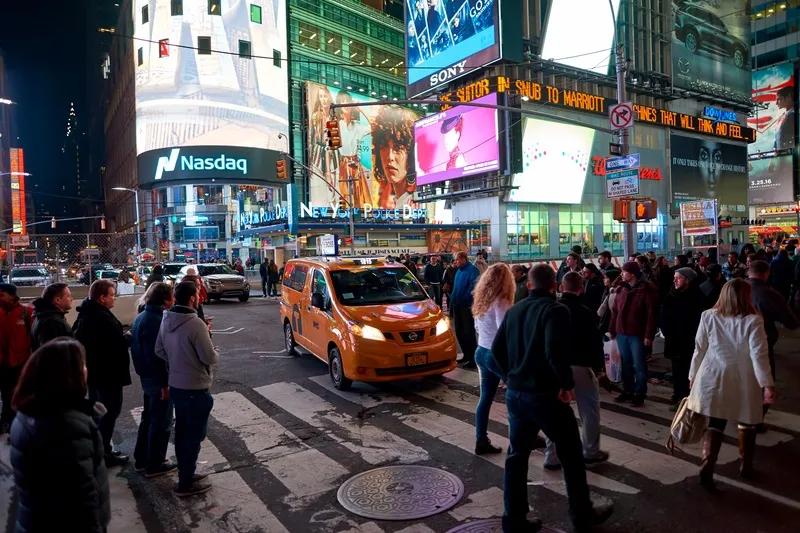More than 3.5 million drivers in 20 US states ran a red light in 2013, according to the second biannual Safer Roads Report 2014: Trends in Red-Light Running from the National Coalition for Safer Roads (NCSR).
The report, released today, examines red-light running trends across 20 states and is designed to help raise driver awareness of the dangers of red-light running. The risks of red-light running are clear: intersection-related vehicle accidents caused more than 8,500 causalities in 2011 – the most r
May 22, 2014
Read time: 2 mins
More than 3.5 million drivers in 20 US states ran a red light in 2013, according to the second biannual Safer Roads Report 2014: Trends in Red-Light Running from the 5755 National Coalition for Safer Roads (NCSR).
The report, released today, examines red-light running trends across 20 states and is designed to help raise driver awareness of the dangers of red-light running. The risks of red-light running are clear: intersection-related vehicle accidents caused more than 8,500 causalities in 2011 – the most recent year for which data is available – according to the834 National Highway Traffic Safety Administration (NHTSA).
NCSR's report analysed red-light running data collected from 2,216 red-light safety cameras across 202 areas in 20 states.
Report highlights include: Memorial Day weekend was the highest ranked holiday travel period, with 39,021 red-light running violations in 2013; Halloween had the lowest number of red-light running violations in 2013, with 28,902 total ; Friday proved to be the worst day for intersection safety in 2013 — safety cameras caught 570,151 total red-light running violations — while Sunday saw the fewest violations, with 439,323 total; Drivers most frequently ran red lights in the afternoon, with 30.07 percent (1,070,572) of all red-light running violations in 2013 occurring from 1 pm to 5 pm.
"By highlighting the data and trends around red-light running, we hope to educate the public on the dangers of running red lights," said David Kelly, executive director, NCSR, and Former Acting Administrator of NHTSA. "The information in the report reveals when we are most vulnerable on the road and reminds everyone to stay alert and safe near intersections."
The report, released today, examines red-light running trends across 20 states and is designed to help raise driver awareness of the dangers of red-light running. The risks of red-light running are clear: intersection-related vehicle accidents caused more than 8,500 causalities in 2011 – the most recent year for which data is available – according to the
NCSR's report analysed red-light running data collected from 2,216 red-light safety cameras across 202 areas in 20 states.
Report highlights include: Memorial Day weekend was the highest ranked holiday travel period, with 39,021 red-light running violations in 2013; Halloween had the lowest number of red-light running violations in 2013, with 28,902 total ; Friday proved to be the worst day for intersection safety in 2013 — safety cameras caught 570,151 total red-light running violations — while Sunday saw the fewest violations, with 439,323 total; Drivers most frequently ran red lights in the afternoon, with 30.07 percent (1,070,572) of all red-light running violations in 2013 occurring from 1 pm to 5 pm.
"By highlighting the data and trends around red-light running, we hope to educate the public on the dangers of running red lights," said David Kelly, executive director, NCSR, and Former Acting Administrator of NHTSA. "The information in the report reveals when we are most vulnerable on the road and reminds everyone to stay alert and safe near intersections."








